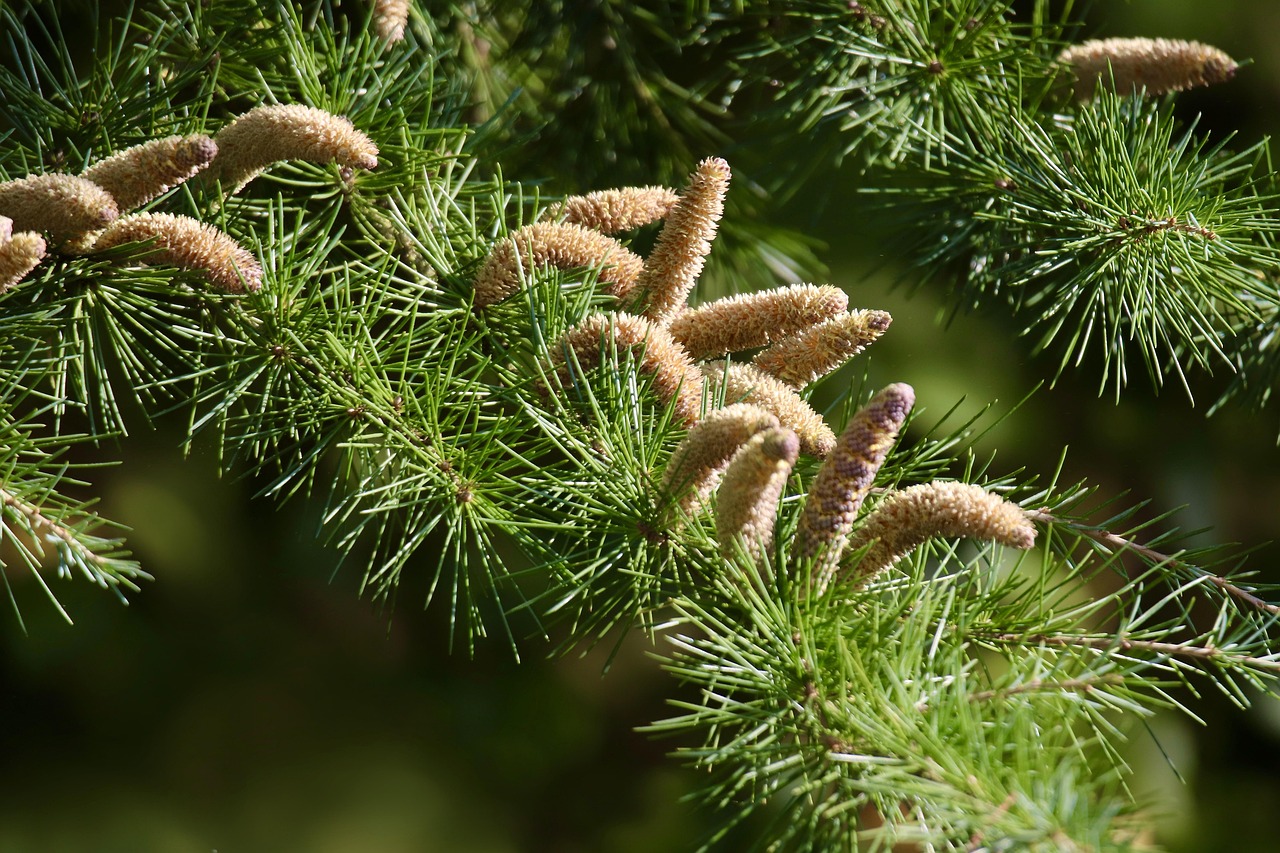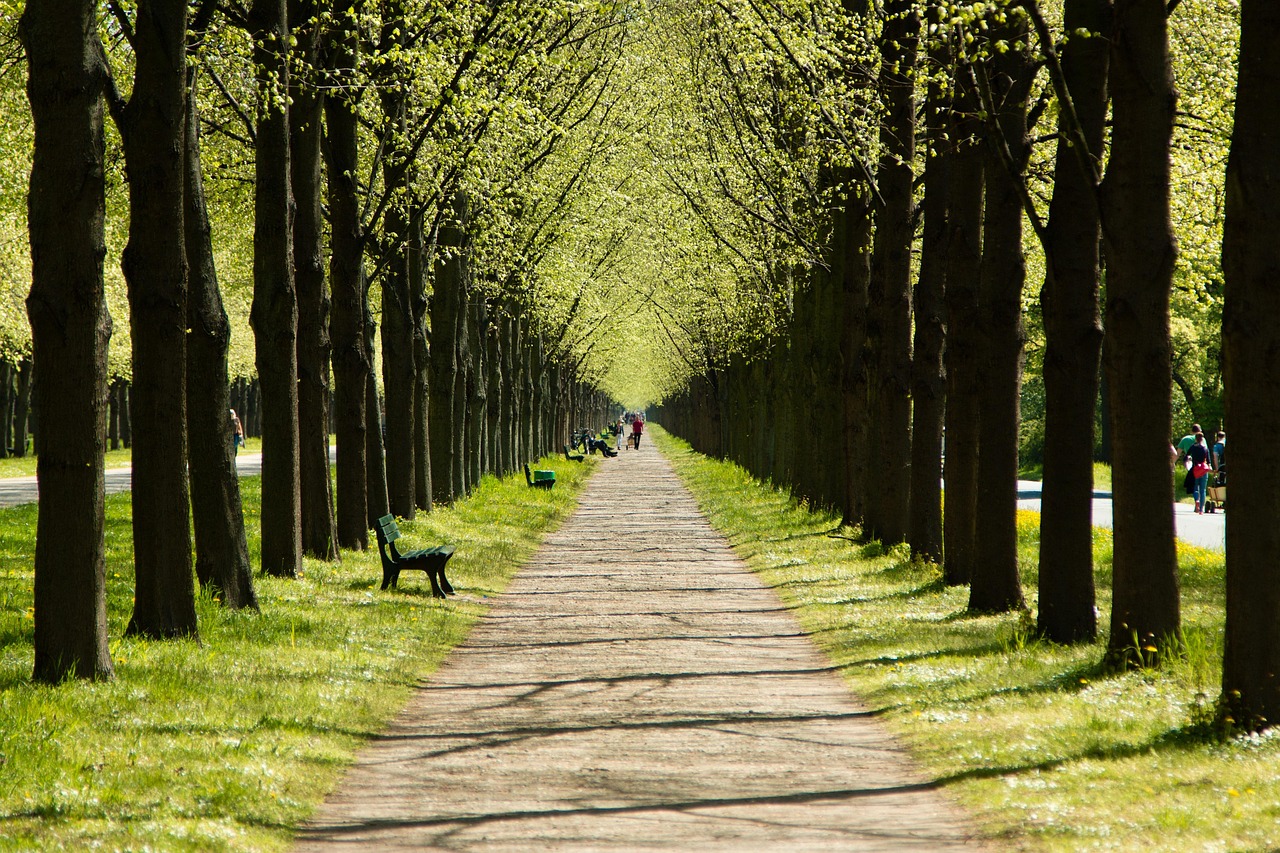Texas cedar trees, also known as Ashe junipers, are iconic to the state’s landscape. They are valued for their distinct beauty, resilience, and numerous ecological benefits. This article explores essential details about these remarkable trees.
Texas cedar trees thrive in the central and western regions of Texas. They are well adapted to the local climate, which includes hot summers and limited rainfall. These evergreen trees can reach heights of up to 30 feet and often grow in rocky, hilly areas.

Known for their aromatic wood, Texas cedar trees are commonly used in various applications, including fencing, furniture, and even as natural insect repellents. The trees also play a crucial role in supporting local wildlife and maintaining soil health.
Characteristics of Texas Cedar Trees
Texas cedar trees possess several distinctive features that set them apart from other varieties. Here are some key characteristics:
- Leaves: The leaves are small, scale-like, and arranged in opposite pairs. They give the tree a dense, bushy appearance.
- Bark: The bark is fibrous and reddish-brown, often peeling in strips, which adds to the tree’s unique texture.
- Cones: Female trees produce small, round cones that mature into a bluish color, providing food for birds and other wildlife.
- Growth Rate: These trees have a slow to moderate growth rate, typically adding only a few inches each year.
The ecological importance of Texas cedar trees cannot be overstated. They serve as a habitat for various species, including birds, insects, and mammals. Additionally, their root systems help prevent soil erosion and maintain moisture levels in the ground.
Distribution and Habitat
Texas cedar trees are predominantly found in the Hill Country region of Texas. Their distribution extends across several counties, thriving in rocky soils and dry environments. They are often associated with other native plants like mesquite and live oak.
| Region | Common Soil Types | Typical Elevation |
|---|---|---|
| Central Texas | Clay and Limestone | 1,000 – 2,000 feet |
| West Texas | Sandy and Rocky | 2,000 – 5,000 feet |
This adaptability to different soil types allows Texas cedar trees to flourish even in challenging conditions. Their presence contributes to the overall biodiversity of these ecosystems, providing shelter and food sources for many organisms.
Furthermore, the cultural significance of Texas cedar trees cannot be overlooked. They have been used by Native American tribes for generations for various purposes, including medicinal applications and ceremonial practices. Today, they continue to hold cultural value within the communities that inhabit these regions.
Understanding the ecological and cultural roles of Texas cedar trees is essential for appreciating their place in the Texan landscape. As we delve deeper into this article, we will explore their uses, care requirements, and the impact of environmental factors on their growth.
Uses of Texas Cedar Trees

Texas cedar trees are highly valued for their wide range of uses. Their unique properties make them an important resource for both practical applications and aesthetic purposes. Below are some of the primary uses of these trees:
- Construction Material: The wood of Texas cedar is durable and resistant to decay, making it an excellent choice for construction. It is commonly used in fencing, decking, and outdoor furniture.
- Crafts and Furniture: Artisans often use cedar wood for crafting furniture and decorative items due to its attractive grain and pleasant aroma.
- Essential Oils: The aromatic properties of Texas cedar trees have led to the extraction of essential oils, which are used in aromatherapy and natural insect repellents.
- Wildlife Habitat: These trees provide shelter and nesting sites for various bird species and other wildlife, contributing to local biodiversity.
Ecological Benefits
In addition to their practical uses, Texas cedar trees offer numerous ecological benefits. These include:
- Soil Stabilization: The root systems of Texas cedar trees help prevent soil erosion, especially on slopes and hilly terrains.
- Water Conservation: By maintaining soil moisture levels, these trees play a significant role in conserving water in their environments.
- Biodiversity Support: Their presence supports various plant and animal species, fostering a balanced ecosystem.
The role of Texas cedar trees in supporting wildlife is particularly noteworthy. Many birds rely on these trees for nesting materials and food sources, while small mammals find refuge among their dense foliage.
Caring for Texas Cedar Trees

Maintaining the health of Texas cedar trees is essential for ensuring their longevity and ecological contributions. Proper care involves several key practices:
Planting Conditions
When planting Texas cedar trees, consider the following factors to ensure healthy growth:
- Soil Type: Preferably plant in well-drained soils, whether sandy or rocky, that mimic their natural habitat.
- Sunlight: These trees thrive in full sun conditions, requiring at least six hours of direct sunlight per day.
- Spacing: Ensure adequate spacing between trees to promote airflow and reduce competition for nutrients.
Watering Practices
Although Texas cedar trees are drought-tolerant, they still require proper watering during their early growth stages. Here are some tips:
- Initial Watering: Water newly planted trees regularly until they establish a strong root system. This may take one to two years.
- Drought Conditions: During extended dry periods, monitor soil moisture and provide supplemental watering as needed.
Pest and Disease Management
Texas cedar trees are generally resilient, but they can be susceptible to certain pests and diseases. Awareness of potential issues is crucial for effective management:
- Cedar Bark Beetles: These pests can cause damage by boring into the bark. Regular inspections can help identify infestations early.
- Cedar Apple Rust: A fungal disease that affects the foliage. Maintaining tree health through proper care can reduce susceptibility.
By understanding these aspects of care, gardeners and landowners can help ensure that Texas cedar trees remain a vital part of the Texan landscape for generations to come.

Environmental Impact of Texas Cedar Trees
Texas cedar trees, while celebrated for their beauty and utility, also play a significant role in the environment. Their impact extends beyond mere aesthetics, influencing various ecological processes in their habitats.
Carbon Sequestration
One of the most important environmental benefits of Texas cedar trees is their ability to sequester carbon. As they grow, these trees absorb carbon dioxide from the atmosphere, which helps mitigate climate change. The process of carbon sequestration involves:
- Photosynthesis: Trees convert carbon dioxide into oxygen and biomass, storing carbon in their wood.
- Long Lifespan: Given their longevity, Texas cedar trees can store significant amounts of carbon over decades, contributing to a healthier atmosphere.
Soil Health and Erosion Control
The root systems of Texas cedar trees are essential for maintaining soil health. They help anchor the soil in place, preventing erosion. Additionally, their fallen leaves and branches contribute organic matter to the soil, enriching it with nutrients. This process benefits other plants and organisms in the ecosystem:
- Soil Structure: The roots improve soil structure, making it more porous and enhancing water infiltration.
- Nutrient Cycling: Decomposing organic material adds vital nutrients back into the soil, supporting plant growth.
Cultural Significance of Texas Cedar Trees
The cultural importance of Texas cedar trees extends beyond their ecological benefits. They hold a special place in the heritage and traditions of many communities in Texas.
Traditional Uses by Native Americans
Various Native American tribes have utilized Texas cedar trees for centuries. The trees’ wood and foliage were integral to their daily lives:
- Medicinal Uses: The bark and leaves were often used in traditional remedies for various ailments.
- Ceremonial Practices: Cedar was commonly burned in rituals, believed to purify spaces and ward off negative energies.
- Craftsmanship: The wood was shaped into tools, crafts, and ceremonial items, showcasing its versatility.
Modern-Day Significance
Today, Texas cedar trees continue to be a symbol of cultural identity for many Texans. They are often featured in local art and crafts. Additionally, they are a popular choice for landscaping due to their aesthetic appeal and low maintenance requirements. As a result, they enhance the visual landscape of communities throughout Texas.
Challenges Facing Texas Cedar Trees
Despite their resilience, Texas cedar trees face several challenges that threaten their existence. Understanding these challenges is vital for conservation efforts.
Climate Change
Climate change poses a significant threat to Texas cedar trees. Changes in temperature and precipitation patterns can affect their growth and survival:
- Drought Stress: Increased temperatures and prolonged droughts may lead to stress on the trees, resulting in reduced growth rates.
- Pest Infestations: Warmer temperatures can lead to an increase in pest populations that threaten tree health.
Urban Development
As urban areas expand, many natural habitats are destroyed or fragmented. This development impacts Texas cedar trees in several ways:
- Habitat Loss: Urban sprawl often leads to the removal of cedar populations, reducing biodiversity.
- Pollution: Increased air and soil pollution can negatively impact tree health and growth.
Addressing these challenges will require concerted efforts from communities, conservation organizations, and policymakers to ensure the continued vitality of Texas cedar trees in the landscape.
Conservation Efforts for Texas Cedar Trees
Given the various challenges facing Texas cedar trees, conservation efforts are critical for their survival. Several initiatives and practices have been implemented to protect and sustain these iconic trees.
Community Engagement
Local communities play a vital role in the conservation of Texas cedar trees. Engaging residents in awareness programs can foster a sense of responsibility towards their environment. Here are some community-driven efforts:
- Educational Workshops: Hosting workshops about the importance of Texas cedar trees can raise awareness about their ecological and cultural significance.
- Tree Planting Initiatives: Organizing tree planting events enables communities to restore cedar populations in areas where they have been diminished.
- Monitoring Programs: Community members can participate in monitoring the health of local cedar trees, reporting any signs of disease or pest infestations.
Partnerships with Conservation Organizations
Collaboration with conservation organizations enhances efforts to protect Texas cedar trees. These partnerships can lead to more effective strategies, including:
- Research Initiatives: Collaborating on research projects helps identify the best practices for managing and preserving cedar trees.
- Policy Advocacy: Working with advocacy groups can influence local policies to protect cedar habitats from urban development and other threats.
The Role of Education and Awareness
Education and awareness are pivotal in promoting the conservation of Texas cedar trees. By informing people about the ecological benefits and cultural significance of these trees, we can inspire action towards their protection. Schools, organizations, and local governments can play a part by integrating environmental education into their programs.
Incorporating Cedar Trees in Educational Curriculum
Integrating Texas cedar trees into school curriculums can help students understand their importance. Potential topics for discussion include:
- Ecological Impact: Lessons on how cedar trees contribute to biodiversity and soil health.
- Cultural Heritage: Exploring the historical uses of cedar trees by Native American tribes and their significance in modern culture.
Final Thoughts
Texas cedar trees are not just an iconic part of the Texan landscape; they are crucial to the ecosystem and cultural identity of the region. Their ability to withstand harsh environmental conditions while providing significant ecological benefits highlights their resilience and importance.
The challenges they face from climate change, urban development, and pest infestations require urgent attention and action. Through community engagement, partnerships with conservation organizations, and educational initiatives, we can work towards ensuring the survival of these majestic trees. By fostering a culture of conservation, we can preserve Texas cedar trees for future generations, allowing them to thrive both as natural wonders and as symbols of our shared heritage.
Ultimately, the legacy of Texas cedar trees will depend on our collective efforts to protect and nurture them. By recognizing their value and taking proactive steps, we can ensure that these iconic trees continue to flourish in the landscapes of Texas.
